#Lightner Museum
Explore tagged Tumblr posts
Text
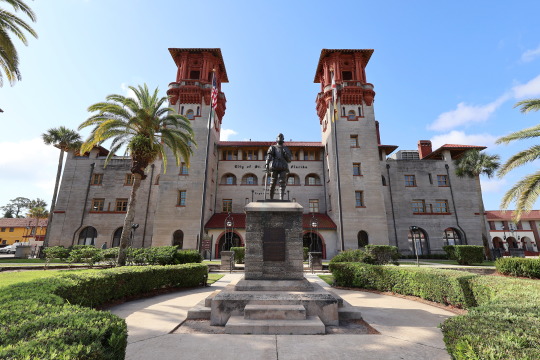
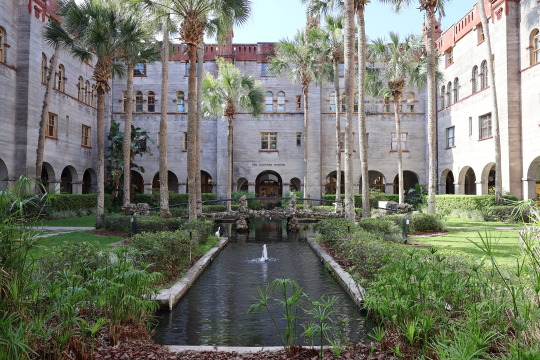

The former Hotel Alcazar, turned museum/city offices.
St. Augustine, Florida
June 2024
Explore:
#st. augustine#florida#hotel#lightner museum#museum#travel#original photography#photographers on tumblr#photography#architecture#lensblr#urbanexploration#wandering#urban exploration#urban photography#urban landscape#architecture photography#historical architecture#american architecture#wanderingjana
14 notes
·
View notes
Text

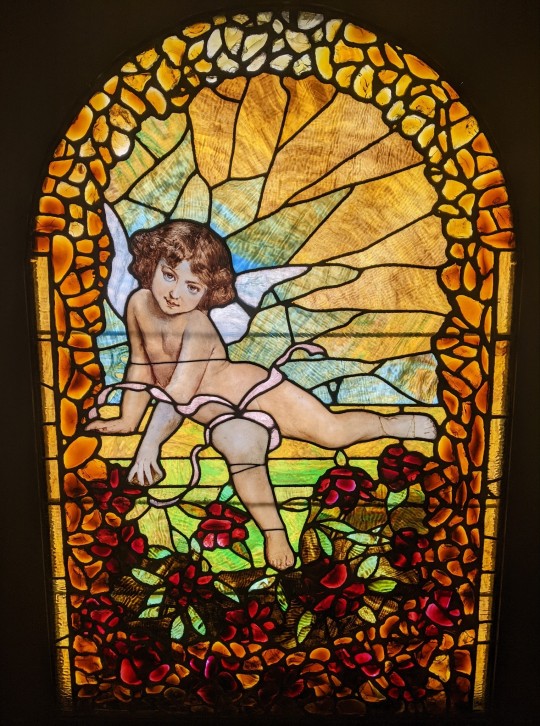
Art Nouveau stained glass
7 notes
·
View notes
Text

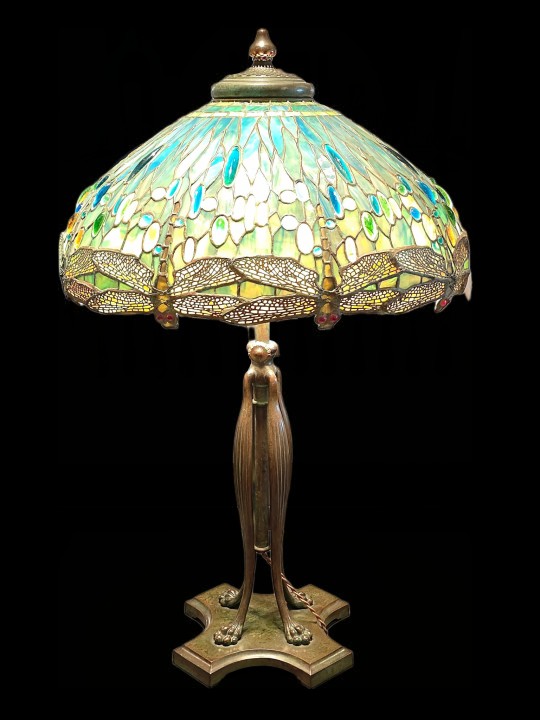
#light photographybydavidfrancebeverly#digital photography#digital art#tiffany and co#lamps#lightner museum
2 notes
·
View notes
Text
Finally able to get over to St. Augustine to see the Nights of Lights holiday event. There are dozens of pics to sort through but here are 2 that stood out for now
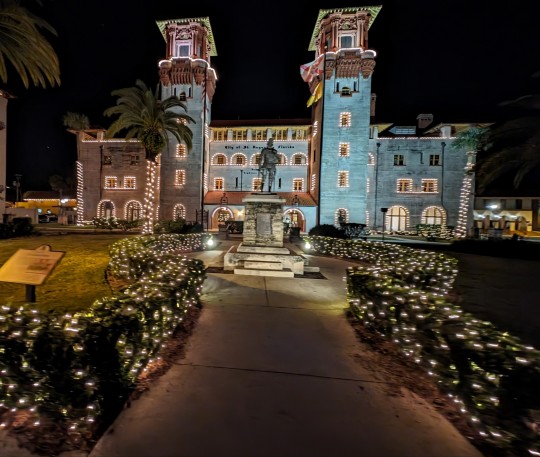
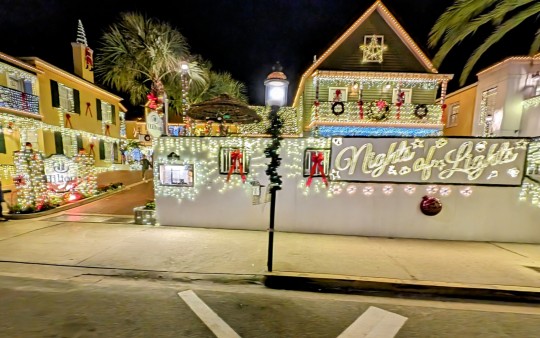
3 notes
·
View notes
Photo


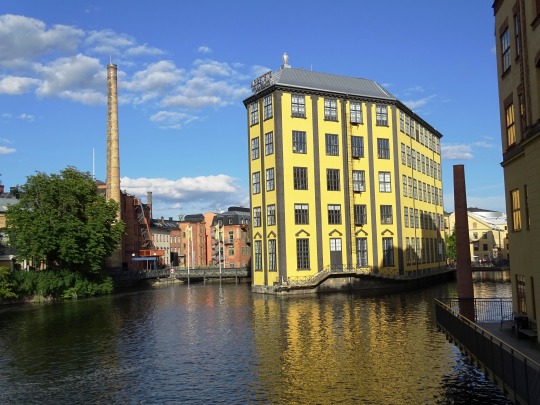
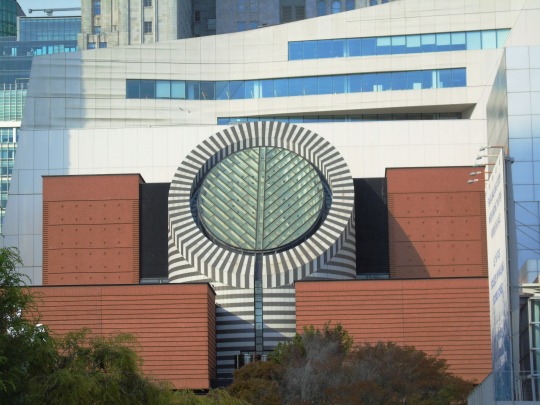


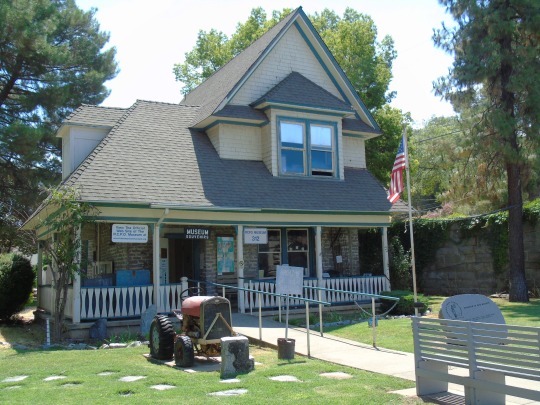

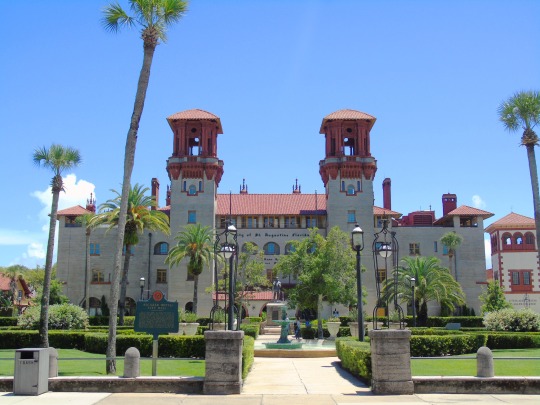

International Museum Day
Visit a local museum and learn about anything from art to ancient history to aerospace. Many museums also offer virtual tours online, if you can’t get out.
Few places in our world are more educational than museums. After all, where else could we hope to see so many pieces of actual history that tell so many stories about our ancestors? From prehistoric spears to Egyptian mummies, from ancient Greek sculptures to medieval armor, and from the first radio to the first planes used in war during WWI, museums have it all. Unfortunately, there are millions of people with direct access to museums that have never even visited one.
There are many possible reasons for this–perhaps they think just looking at old things would be boring, or perhaps they are unaware just how different the world was in the past and see no reason to take an interest. Whatever the reason for not taking advantage of the incredible amount of tangible knowledge museums offer, and regardless of age, International Museum Day is the time to invest in education in its most fascinating form.
Many people may ask why they would invest in something like International Museum Day when modern technology can give them all the answers that they may need. Well, to answer that fairly, all you need to do is a little Google search.
Nowadays, if you need to find an answer to something, you can surely just jump online and get it right? Well, yes, but what you need to realize is that the answer you get is quite possibly wrong.
A study conducted in 2016 on how many of the historical facts you find online were true, had some shocking results. It seems as of November 2016, over 48% of all available historical facts available online are inaccurate or downright wrong. So, taking this into account, you may want to place your fair elsewhere.
The truth is, education is important, so days like International Museum Day should be something to get yourself and your young ones excited for; after all, while there will be children filling their heads with nonsense, you have the ability to fill your children with knowledgey goodness.
History of International Museum Day
The International Council of Museums (ICOM) created International Museum Day in 1977. The organization chooses a different theme for the day and coordinates every year. Some of the themes include globalization, indigenous peoples, bridging cultural gaps, and caring for the environment.
Every year since 1977, all of the museums in the world are invited to participate in this day to promote the role of museums around the world, by organizing enjoyable and free activities around the year’s theme.
International Museum Day has become steadily more popular since its creation, with International Museum Day 2009 being participated in by 20,000 museums in over 90 countries. In 2012, the number of participating museums had jumped to 30,000 in 129 countries.
As the years have gone by, we have been blessed to live in a society where while technology seems to want to take over, there have been certain things that are now considered cool that were once reserved for a very target demographic.
While the numbers of participants were slowly climbing almost a decade ago, over the last five years, the numbers are climbing at an even more rapid rate. When we look at this, we may ask ourselves why, and the truth is simple, history is now something that is classed as cool.
Yes, we may live in a technology-driven society, but it seems that the more technology has reigned over the world, people have started to gravitate towards the things that connect them to a world they are scared of losing.
Today, there are more visitors to museums all over the world than ever before, and more than this, there are now more people studying history at degree level than at any point in history.
Now, it may be possible that this is just a point where geek chic is in, and students want to seem more cultural and in touch with the world, but if we stop for a brief moment, could it not be possible that International Museum Day has played a small role in helping entire new generations fall in love with history once again?
The truth may, in fact, be both, but one thing we must remember is that While it may not be as popular as some days, International Museum Day is something that should be held in high importance.
The further we move forward, the more we leave behind, and with all of the things that are now long behind us, we need something to help us remember where we have been, that way, we can take the journey ahead of us with more confidence.
How to celebrate International Museum Day
There is no better way to celebrate International Museum Day than to take a trip down to a nearby museum, either alone, with friends, or even your children if you feel they are old enough to appreciate the place. Depending on where you live, the museums you might be closest to could be ones connected with anything from farming to fashion, from astronomy to archaeology, from art to natural history. If it turns out that the museums in your immediate area are not ones that would interest you, maybe you could consider a day trip to a nearby city to visit a museum better suited to your interests? Carpooling with a friend or two will make the trip cheaper and very possibly more interesting.
Another thing to think about is how well you tolerate crowds. International Museum Day is an increasingly popular worldwide event, so it is quite probable that many of the larger and better-known museums will be pretty crowded on this day, especially since many museums do not charge an entrance fee then. If you do not feel like standing in long lines to see every single thing or having to maneuver your way through crowds of people, paying more attention to not stepping on anyone’s shoes than the objects on exhibition, you may want to visit the museum of your choice a few days before or after International Museum Day.
On weekdays, museums are often quiet places where one can come to study our ancestors’ lifestyles and contemplate what motivated them to behave and develop as they did. However you decide to celebrate Museum day, don’t let this opportunity to find out about the history of the human race go to waste!
Source
#National September 11 Memorial & Museum#Pony Express Station & Museum#Work Museum#Verkehrshaus der Schweiz#Swiss Museum of Transport#USA#Kings Landing Historical Settlement#San Francisco Museum of Modern Art#Folsom Prison Museum#USS Lexington Museum - National Historic Landmark#Lightner Museum#Country Music Hall of Fame and Museum#New York City#Lucerne#Nashville#St. Augustine#International Museum Day#18 May#InternationalMuseumDay#Sweden#Switzerland
2 notes
·
View notes
Text


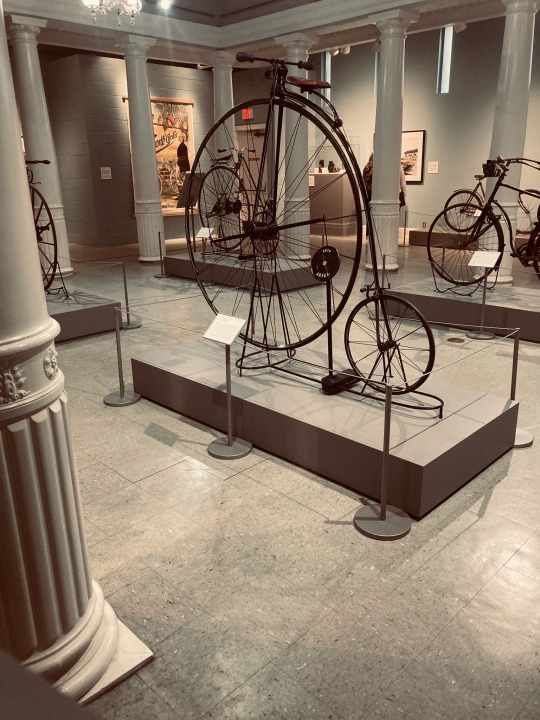
Lightner Museum
St. Augustine , FL
20 notes
·
View notes
Text

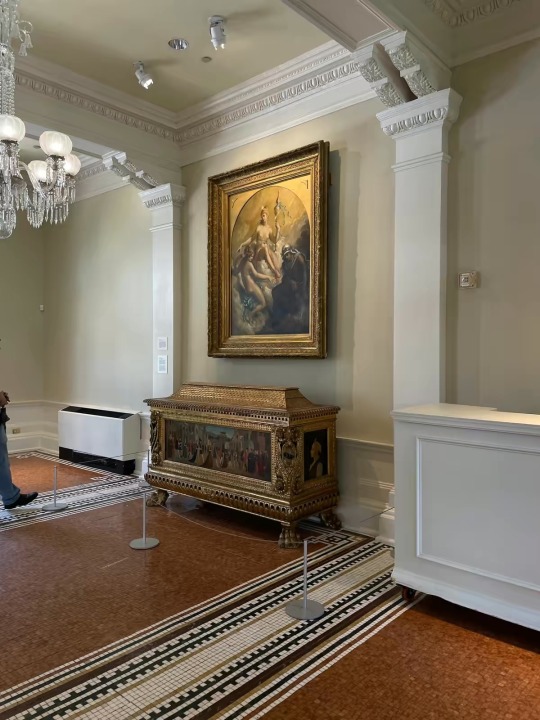

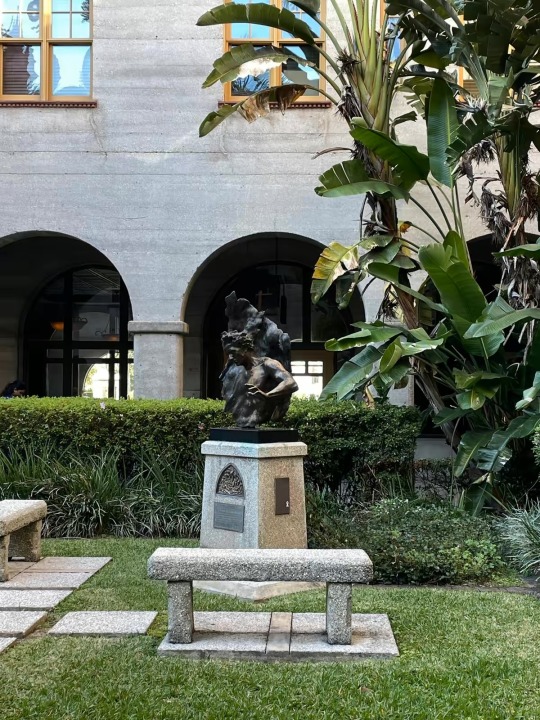



The Lightner Museum —
despite the many visits I’ve made to the Lightner Museum in St. Augustine, I’m always mesmerized by its beauty - both inside and outside. Visit on a Saturday afternoon and you might even see a wedding start to be set up 😍 these images are a mix of 35mm film, digital, and iPhone shots.
5 notes
·
View notes
Text
The Berlin Wall
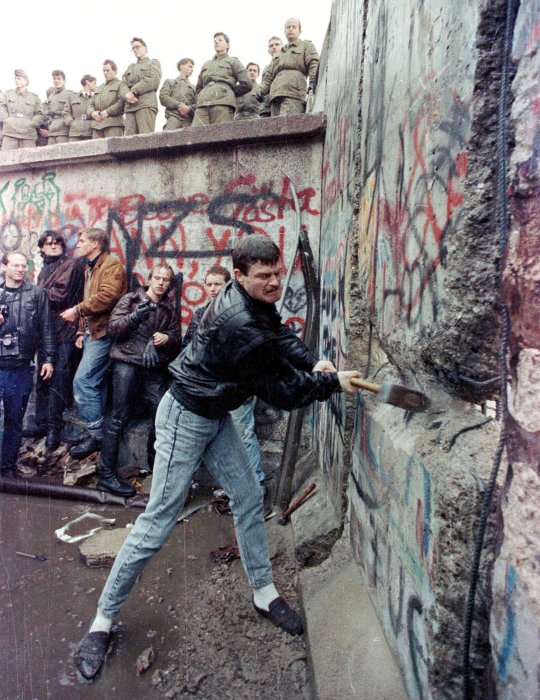
The Berlin Wall was a guarded concretebarrier that encircled West Berlin of the Federal Republic of Germany (FRG; West Germany) from 1961 to 1989, separating it from East Berlin and the German Democratic Republic (GDR; East Germany). Construction of the Berlin Wall was commenced by the government of the GDR on 13 August 1961. It included guard towers placed along large concrete walls, accompanied by a wide area (later known as the "death strip") that contained anti-vehicle trenches, beds of nails and other defenses. The primary intention for the Wall's construction was to prevent East German citizens from fleeing to the West.
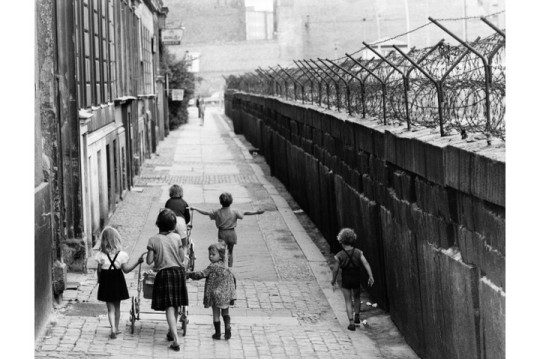
Soon after the construction of the Berlin Wall in August 1961, a stand-off occurred between US and Soviet tanks on either side of Checkpoint Charlie. It began on 22 October as a dispute over whether East German border guards were authorized to examine the travel documents of a US diplomat based in West Berlin named Allan Lightner heading to East Berlin to watch an opera show there, since according to the agreement between all four Allied powers occupying Germany, there was to be free movement for Allied forces in Berlin and that no German military forces from either West Germany or East Germany were to be based in the city, and moreover the Western Allies did not (initially) recognise the East German state and its right to remain in its self-declared capital of East Berlin.
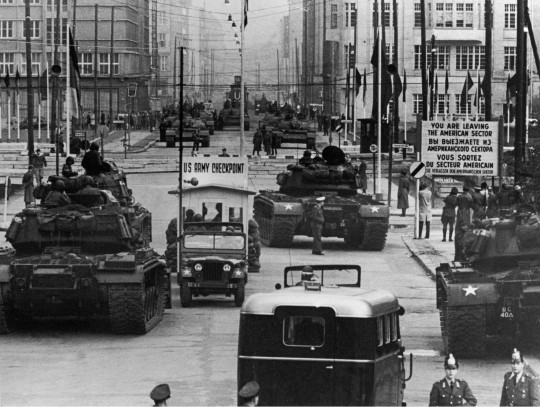
The Death of Peter Fechter
On 17 August 1962, a teenaged East German, Peter Fechter, was shot in the pelvis by East German guards while trying to escape from East Berlin. His body lay tangled in a barbed wire fence as he bled to death in full view of the world's media. He could not be rescued from West Berlin because he was a few metres inside the Soviet sector. East German border guards were reluctant to approach him for fear of provoking Western soldiers, one of whom had shot an East German border guard just days earlier. More than an hour later, Fechter's body was removed by the East German guards. A spontaneous demonstration formed on the American side of the checkpoint, protesting against the action of the East and the inaction of the West.

During the years of the Wall, around 5,000 people successfully defected to West Berlin. The number of people who died trying to cross the Wall, or as a result of the Wall's existence, has been disputed. The most vocal claims by Alexandra Hildebrandt, director of the Checkpoint Charlie Museum and widow of the museum's founder, estimated the death toll to be well above 200.
The East German government issued shooting orders (Schießbefehl) to border guards dealing with defectors, though such orders are not the same as "shoot to kill" orders. GDR officials denied issuing the latter.
In an October 1973 order later discovered by researchers, guards were instructed that people attempting to cross the Wall were criminals and needed to be shot
Do not hesitate to use your firearm, not even when the border is breached in the company of women and children, which is a tactic the traitors have often used



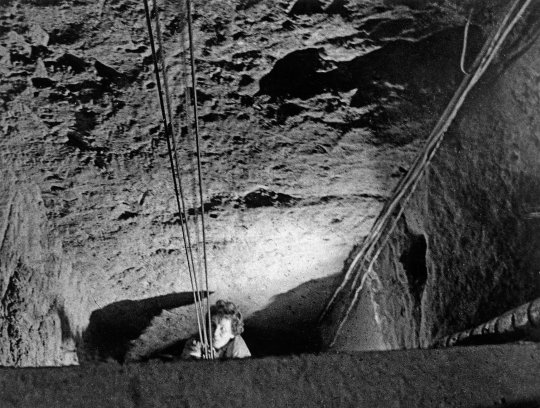
Fall
1989 Günter Schabowski, the party boss in East Berlin and the spokesman for the SED Politburo, had the task of announcing the new regulations. However, he had not been involved in the discussions about the new regulations and had not been fully updated Shortly before a press conference on 9 November, he was handed a note announcing the changes, but given no further instructions on how to handle the information. These regulations had only been completed a few hours earlier and were to take effect the following day, so as to allow time to inform the border guards. But this starting time delay was not communicated to Schabowski. At the end of the press conference, Schabowski read out loud the note he had been given. A reporter, ANSA's Riccardo Ehrman, asked when the regulations would take effect. After a few seconds' hesitation, Schabowski replied, "As far as I know, it takes effect immediately, without delay". After hearing the broadcast, East Germans began gathering at the Wall, at the six checkpoints between East and West Berlin, demanding that border guards immediately open the gates. The evening of 9 November 1989 is known as the night the Wall came down.
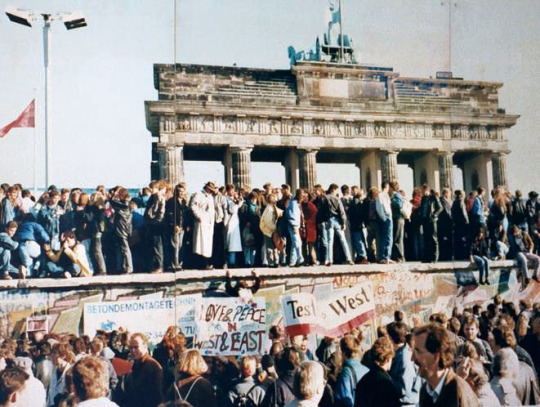

14 notes
·
View notes
Text




📍 St. Augustine, Florida – A Timeless Treasure! ⏳✨
Take a journey through America’s oldest city, where history, charm, and coastal beauty come together! 🏰⛵🌴
📸 Swipe through to see: 🏛 The stunning Lightner Museum—a masterpiece of Gilded Age architecture 🌊 The iconic St. Augustine Lighthouse—offering breathtaking views 🛡 The historic Castillo de San Marcos—a 17th-century fortress by the sea 🚶♂️ The vibrant St. George Street—a walkable slice of history with shops, restaurants, and culture
From cobblestone streets to waterfront views, this city is packed with unforgettable sights. Have you been to St. Augustine? Drop your favorite memory in the comments! ⬇️
#StAugustine #FloridaLife #HistoricFlorida #VisitStAugustine #CoastalCharm #OldestCityUSA #FloridaAdventures
1 note
·
View note
Text
Henry Flagler
Henry Flagler was the tycoon who built the Florida East Coast Railroad, running from Jacksonville to Key West. Along this line, he also built several elaborate resort hotels. Three of Flagler's hotels-the Alcazar, the Cordova, and the Ponce de Leon-were in St. Augustine. Today, the Alcazar is the Lightner Museum, the Cordova is still a hotel, and the Ponce de Leon is Flagler College (since 1968).
Floridians either loved or hated Flagler, depending on their socioeconomic level. He catered mainly to wealthy northerners, and to most local folk, his ideas and money were an unwanted threat to their way of life.
When Henry Flagler died in Palm Beach in 1913, his body was shipped by train to St. Augustine and laid out in the rotunda of his beloved Ponce de Leon Hotel. But when the pallbearers began to carry the casket from the hotel to the Presbyterian Church for burial, the rotunda's huge doors mysteriously slammed shut, as if blown by the wind. The big doors were reopened, and the procession continued on to the church.
That afternoon, when a janitor was cleaning up in the rotunda he noticed something unusual: There at his feet, he saw the image of Henry Flagler's face in one of the tiny floor tiles. The tiles was first noticed on the afternoon of Flagler's funeral, and it is still there today. It is a fun game for visitors to try to find it.
Some said that Henry vowed to never leave his hotel, and it appears that he held to his promise. Students of Flagler College have had many ghostly experiences that are believed to be either Henry or his second wife, Alice. Ask any student about the haunting of Flagler College and most will respond with a ghost story they've heard-or perhaps their own encounter with Henry.
1 note
·
View note
Text
Charm on Wheels: Crafting the Perfect Wedding Transportation in St. Augustine
Introduction:
A wedding in St. Augustine, with its historic charm and romantic allure, demands meticulous planning to ensure every detail aligns with the magical ambiance of the city. One such crucial element is wedding transportation – the vehicles that will carry the bridal party, groomsmen, and, of course, the newlyweds. In this guide, we explore the art of crafting the perfect wedding transportation in St. Augustine, where every ride becomes a part of the charm woven into the couple's special day.

Setting the Scene in St. Augustine:
Embracing Historical Romance: St. Augustine, the oldest city in the U.S., provides a picturesque backdrop for weddings. With its cobblestone streets, historic landmarks, and Spanish architecture, the city offers a unique blend of old-world romance and modern elegance. Wedding transportation must seamlessly integrate with this historical charm.
Understanding the City's Layout: Before delving into transportation options, it's crucial to understand the layout of St. Augustine. Knowing the locations of key wedding venues, such as the historic Casa Monica Resort & Spa or the Lightner Museum, aids in planning the logistics of the transportation.
Crafting the Perfect Wedding Transportation:
Theme and Style: The wedding transportation should reflect the theme and style of the celebration. Whether it's a vintage-inspired affair or a modern chic event, selecting vehicles that align with the overall aesthetic enhances the visual appeal and cohesiveness of the wedding.
Bridal Party Considerations: Tailor the choice of transportation to accommodate the size of the bridal party. From classic cars and limousines to elegant vintage carriages, consider the number of bridesmaids, groomsmen, and family members who need transportation to select vehicles that provide both comfort and style.
Private vs. Shared Transportation: Decide whether private or shared transportation better suits the wedding logistics. Private options offer exclusivity and privacy, ideal for intimate celebrations. On the other hand, shared transportation can add a communal touch, fostering a sense of togetherness among the wedding party.
Logistics and Planning:
Route Planning: Craft a well-thought-out route for the wedding transportation. Consider the locations of the ceremony, reception, and any photo spots in between. A carefully planned route ensures timely arrivals and seamless transitions, allowing the couple to focus on the joy of the day.
Timeline Coordination: Coordination is key to a smooth wedding transportation experience. Align the transportation timeline with the overall wedding schedule, accounting for potential delays. Clear communication with the transportation provider and the wedding party ensures everyone is on the same page.
Comfort and Aesthetics:
Vehicle Comfort: Prioritize the comfort of the couple and the bridal party. Ensure that chosen vehicles provide ample space for wedding attire and accessories. Comfortable transportation enhances the overall experience and allows the wedding party to arrive at each destination feeling relaxed and ready to celebrate.
Aesthetic Enhancements: Consider adding personal touches to the wedding transportation. Decorate vehicles with flowers, ribbons, or signage that complements the wedding theme. Aesthetically pleasing transportation not only enhances the couple's grand entrance but also adds to the visual narrative of the wedding.
Photography Opportunities:
Selecting Photogenic Vehicles: Choose vehicles that serve as props for memorable photographs. Classic cars, vintage carriages, or unique modes of transportation can become focal points in wedding photos, capturing the essence of the celebration and creating lasting memories.
Scheduling Photo Sessions: Plan designated photo sessions with the wedding transportation. Capture candid moments as the couple departs for the ceremony or celebrate their union after the vows. These photos become cherished mementos, immortalizing the charm of the day.
Conclusion:
In St. Augustine, where the cobblestone streets echo with centuries of love stories, crafting the perfect wedding transportation is an art that adds to the city's romantic allure. From choosing vehicles that complement the historical charm to meticulous planning of routes and timelines, every detail contributes to the seamless flow of the wedding day. As the couple rides off into the sunset, their wedding transportation becomes more than just a mode of conveyance – it becomes a part of the enchanting tale of love written in the heart of St. Augustine.
0 notes
Text



The subject of the sculpture is Pedro Menéndez de Avilés, a historical figure known for founding the city of St. Augustine, FL. The sculpture depicts Pedro holding a sword in his right hand, pointing it downwards, while his left hand holds his hat. He is shown wearing a conquistador uniform, representing his role as a Spanish explorer and colonizer. The sculpture expresses its purpose by honoring Pedro Menéndez de Avilés and commemorating his significant contribution to the community. It serves as a reminder of the city's history and the founding of St. Augustine. The explicit purpose of the sculpture is to pay tribute to Pedro and his role in shaping the community. The sculpture suggests that the community values its history and heritage. By displaying the statue of Pedro Menéndez de Avilés, the community shows its appreciation for the city's founding and the importance of preserving its historical roots. In terms of social values, the sculpture reflects the community's admiration for bravery, exploration, and leadership. Pedro is depicted as a strong and authoritative figure, holding a sword and wearing a conquistador uniform. This suggests that the community values courage, adventure, and the spirit of exploration. The sculpture is a full-round statue, human-sized and made of bronze. In terms of its interaction with its surroundings, the sculpture is placed in front of the Lightner Museum, which used to be Hotel Alcazar building. The statue serves as a focal point of the square. It creates a sense of connection between the museum, the building, and the community, as it stands as a symbol of the city's heritage in a prominent location.
0 notes
Text


#light photographybydavidfrancebeverly#digital photography#digital art#tiffany and co#lamps#table lamps#lightner museum
1 note
·
View note
Text

#mobile photography#street photos#vintage#typewriter#old fashioned#mini photoshoot#photoshoot#florida#vintage typewriter#photography#iphone 8#iphonography#photographers of tumblr#vintage aesthetic#st augustine#lightner museum
19 notes
·
View notes
Photo










International Museum Day
Visit a local museum and learn about anything from art to ancient history to aerospace. Many museums also offer virtual tours online, if you can’t get out.
Visit a local museum and learn about anything from art to ancient history to aerospace. Many museums also offer virtual tours online, if you can’t get out.
Few places in our world are more educational than museums. After all, where else could we hope to see so many pieces of actual history that tell so many stories about our ancestors? From prehistoric spears to Egyptian mummies, from ancient Greek sculptures to medieval armor, and from the first radio to the first planes used in war during WWI, museums have it all. Unfortunately, there are millions of people with direct access to museums that have never even visited one.
There are many possible reasons for this–perhaps they think just looking at old things would be boring, or perhaps they are unaware just how different the world was in the past and see no reason to take an interest. Whatever the reason for not taking advantage of the incredible amount of tangible knowledge museums offer, and regardless of age, International Museum Day is the time to invest in education in its most fascinating form.
Many people may ask why they would invest in something like International Museum Day when modern technology can give them all the answers that they may need. Well, to answer that fairly, all you need to do is a little Google search.
Nowadays, if you need to find an answer to something, you can surely just jump online and get it right? Well, yes, but what you need to realize is that the answer you get is quite possibly wrong.
A study conducted in 2016 on how many of the historical facts you find online were true, had some shocking results. It seems as of November 2016, over 48% of all available historical facts available online are inaccurate or downright wrong. So, taking this into account, you may want to place your fair elsewhere.
The truth is, education is important, so days like International Museum Day should be something to get yourself and your young ones excited for; after all, while there will be children filling their heads with nonsense, you have the ability to fill your children with knowledgey goodness.
History of International Museum Day
The International Council of Museums (ICOM) created International Museum Day in 1977. The organization chooses a different theme for the day and coordinates every year. Some of the themes include globalization, indigenous peoples, bridging cultural gaps, and caring for the environment.
Every year since 1977, all of the museums in the world are invited to participate in this day to promote the role of museums around the world, by organizing enjoyable and free activities around the year’s theme.
International Museum Day has become steadily more popular since its creation, with International Museum Day 2009 being participated in by 20,000 museums in over 90 countries. In 2012, the number of participating museums had jumped to 30,000 in 129 countries.
As the years have gone by, we have been blessed to live in a society where while technology seems to want to take over, there have been certain things that are now considered cool that were once reserved for a very target demographic.
While the numbers of participants were slowly climbing almost a decade ago, over the last five years, the numbers are climbing at an even more rapid rate. When we look at this, we may ask ourselves why, and the truth is simple, history is now something that is classed as cool.
Yes, we may live in a technology-driven society, but it seems that the more technology has reigned over the world, people have started to gravitate towards the things that connect them to a world they are scared of losing.
Today, there are more visitors to museums all over the world than ever before, and more than this, there are now more people studying history at degree level than at any point in history.
Now, it may be possible that this is just a point where geek chic is in, and students want to seem more cultural and in touch with the world, but if we stop for a brief moment, could it not be possible that International Museum Day has played a small role in helping entire new generations fall in love with history once again?
The truth may, in fact, be both, but one thing we must remember is that While it may not be as popular as some days, International Museum Day is something that should be held in high importance.
The further we move forward, the more we leave behind, and with all of the things that are now long behind us, we need something to help us remember where we have been, that way, we can take the journey ahead of us with more confidence.
How to celebrate International Museum Day
There is no better way to celebrate International Museum Day than to take a trip down to a nearby museum, either alone, with friends, or even your children if you feel they are old enough to appreciate the place. Depending on where you live, the museums you might be closest to could be ones connected with anything from farming to fashion, from astronomy to archaeology, from art to natural history. If it turns out that the museums in your immediate area are not ones that would interest you, maybe you could consider a day trip to a nearby city to visit a museum better suited to your interests? Carpooling with a friend or two will make the trip cheaper and very possibly more interesting.
Another thing to think about is how well you tolerate crowds. International Museum Day is an increasingly popular worldwide event, so it is quite probable that many of the larger and better-known museums will be pretty crowded on this day, especially since many museums do not charge an entrance fee then. If you do not feel like standing in long lines to see every single thing or having to maneuver your way through crowds of people, paying more attention to not stepping on anyone’s shoes than the objects on exhibition, you may want to visit the museum of your choice a few days before or after International Museum Day.
On weekdays, museums are often quiet places where one can come to study our ancestors’ lifestyles and contemplate what motivated them to behave and develop as they did. However you decide to celebrate Museum day, don’t let this opportunity to find out about the history of the human race go to waste!
Source
#San Francisco Museum of Modern Art#Mario Botta#Seville Museum of Fine Arts#Sevilla#Lightner Museum#St. Augustine#Country Music Hall of Fame and Museum#Nashville#Verkehrshaus der Schweiz#Museum of Work#Pony Express Station & Museum#Gothenburg#Luzern#Lucerne#International Museum Day#InternationalMuseumDay#18 May#original photography#National September 11 Memorial & Museum#New York City#San Diego Museum of Art Balboa Park#Bank of Canada Museum#architecture
0 notes







